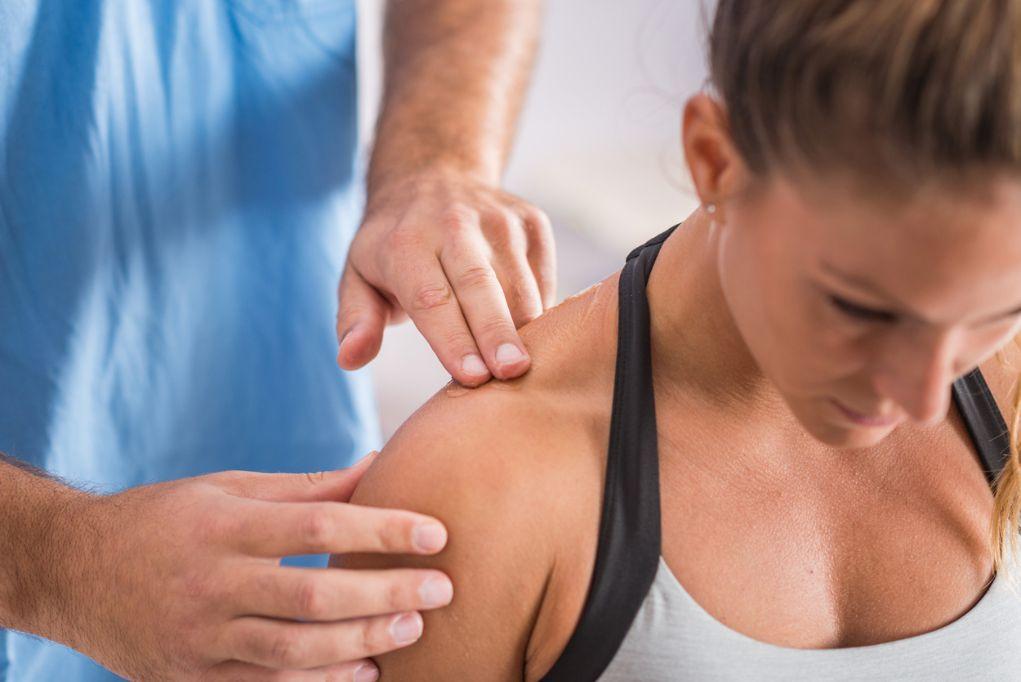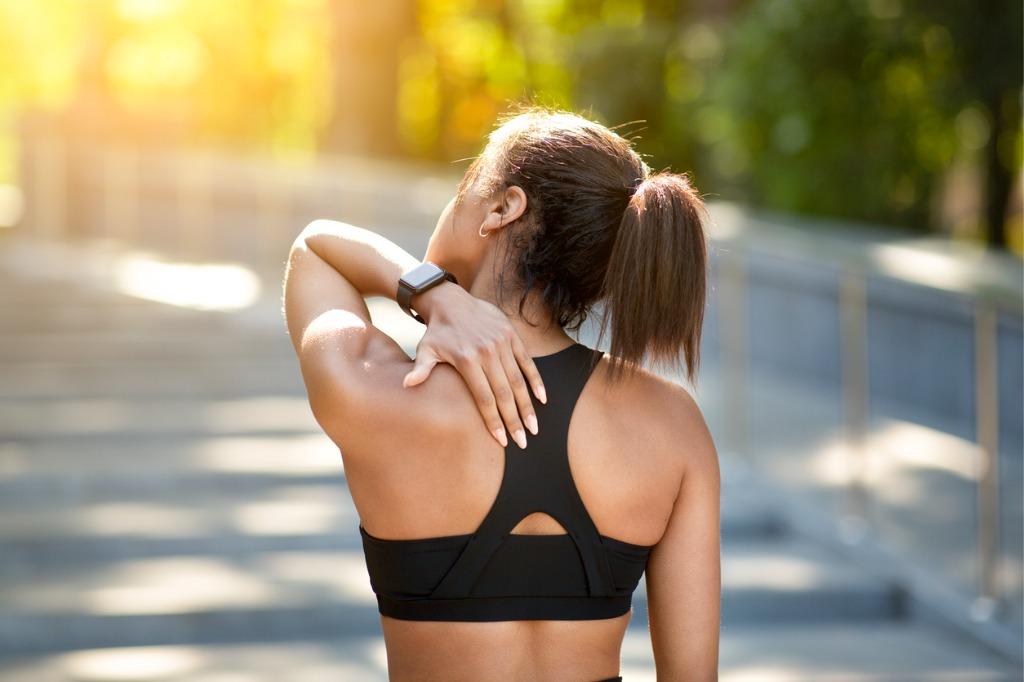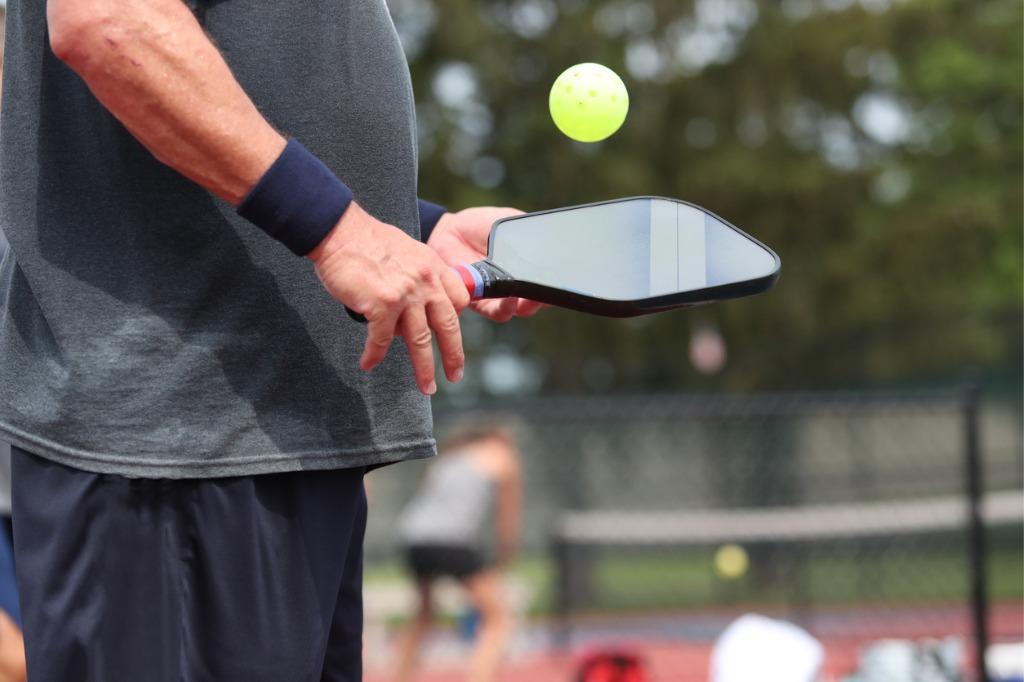SLAP Tear Symptoms and Treatments
A SLAP tear, short for “superior labral tear from anterior to posterior,” is a common shoulder injury that can affect athletes, manual laborers, and anyone who engages in repetitive overhead movements. The shoulder joint is highly complex, and a SLAP tear specifically impacts the labrum, a ring of cartilage that helps stabilize the joint. If left untreated, a SLAP tear can significantly hinder shoulder movement and cause ongoing pain. This blog will explore the symptoms of a SLAP tear and the available treatments to help you regain shoulder function and return to your daily activities.

What is a SLAP Tear?
The labrum is a soft tissue ring that surrounds the socket of the shoulder joint (glenoid), providing stability by deepening the socket and supporting the head of the upper arm bone (humerus). A SLAP tear occurs when the labrum is torn at the top of the shoulder socket, from front (anterior) to back (posterior). This tear often affects the point where the biceps tendon attaches to the labrum.
SLAP tears can result from acute trauma, such as falling on an outstretched arm, or from repetitive stress, particularly in athletes who perform overhead motions like throwing or swimming.
Causes of a SLAP Tear
Several factors can lead to a SLAP tear, including:
Repetitive Overhead Movements
Athletes involved in sports that require repetitive overhead arm movements, such as baseball pitchers, tennis players, swimmers, and volleyball players, are at higher risk of developing a SLAP tear due to the constant strain on the shoulder joint.
Traumatic Injury
A SLAP tear can also result from a traumatic event, such as a fall onto an outstretched arm, a sudden pull on the arm (e.g., catching a heavy object), or a direct blow to the shoulder.
Degenerative Changes
As we age, the labrum naturally begins to wear down. Over time, this degeneration can lead to a SLAP tear, even without a specific injury. Individuals over 40 are more susceptible to degenerative SLAP tears due to this gradual weakening of the shoulder cartilage.
Common Symptoms of a SLAP Tear
Recognizing the symptoms of a SLAP tear is crucial for early diagnosis and treatment. The symptoms can vary depending on the severity of the tear but often include:
Shoulder Pain
Pain is the most common symptom of a SLAP tear, typically felt deep within the shoulder joint. The pain may worsen during overhead activities, such as throwing, serving, or lifting objects overhead. In some cases, the pain can radiate down the arm.
Catching, Locking, or Popping Sensations
Individuals with a SLAP tear often experience a catching or locking sensation in the shoulder joint, particularly during movement. A popping or clicking sound may also occur when rotating or raising the arm.
Weakness in the Shoulder
Weakness in the shoulder, especially during lifting or overhead motions, is another telltale sign of a SLAP tear. This weakness can make it difficult to perform everyday tasks, such as reaching for objects on a shelf or carrying heavy items.
Limited Range of Motion
A SLAP tear can cause stiffness and reduced mobility in the shoulder joint, making it difficult to fully rotate or raise the arm.
Instability
Feeling as though your shoulder is slipping out of place or unstable can be a sign of a SLAP tear. This is due to the labrum’s inability to adequately stabilize the shoulder joint once it has been torn.
Diagnosing a SLAP Tear
At Motion Orthopaedics, a thorough physical examination and diagnostic imaging are used to confirm the presence of a SLAP tear.
Physical Examination
Your doctor will begin with a physical examination of your shoulder, assessing your range of motion, strength, and areas of tenderness. They may perform specific tests, such as the O’Brien’s test or the crank test, which are designed to provoke symptoms of a SLAP tear.
Imaging Tests
Imaging tests such as an MRI or an MRI with contrast (arthrogram) are often used to confirm the diagnosis. These tests provide detailed images of the soft tissues within the shoulder joint, including the labrum, and can help identify the location and extent of the tear.
Treatment Options for a SLAP Tear
The treatment for a SLAP tear depends on the severity of the tear and the patient’s level of activity. At Motion Orthopaedics, we offer both non-surgical and surgical options for treating SLAP tears.
Non-surgical Treatment
In many cases, especially for individuals with mild symptoms or degenerative tears, non-surgical treatment may be effective. Treatment options include:
- Rest and Activity Modification: Avoiding activities that aggravate the shoulder, particularly repetitive overhead movements, can help reduce pain and inflammation.
- Physical Therapy: A physical therapist will guide you through exercises to strengthen the muscles around the shoulder and improve flexibility. Strengthening the rotator cuff and scapular muscles can help compensate for the damaged labrum and improve shoulder stability.
- Anti-inflammatory Medications: Non-steroidal anti-inflammatory drugs (NSAIDs) such as ibuprofen can help reduce inflammation and alleviate pain.
- Cortisone Injections: Cortisone, a powerful anti-inflammatory medication, can be injected directly into the shoulder joint to reduce pain and inflammation. Cortisone injections can provide temporary relief, particularly for those whose symptoms don’t improve with rest and physical therapy.
Surgical Treatment
If non-surgical treatments fail to relieve symptoms, or if the tear is severe, surgery may be necessary to repair the labrum. Surgical options include:
- Arthroscopic Repair: Arthroscopic surgery is a minimally invasive procedure where small incisions are made, and specialized instruments are used to reattach the torn labrum to the shoulder socket using sutures or anchors. This procedure is commonly used for younger, active individuals with a traumatic SLAP tear.
- Debridement: In cases where the tear is less severe or degenerative, the surgeon may perform a debridement procedure to remove the damaged tissue and smooth the edges of the labrum.
Recovery from a SLAP Tear
Recovery time varies depending on the severity of the tear and whether surgery was required. Here’s what you can expect:
Non-surgical Recovery
For patients undergoing non-surgical treatment, recovery can take several weeks to months. Physical therapy plays a key role in regaining strength and mobility, and a gradual return to normal activities is advised as symptoms improve.
Surgical Recovery
Post-surgery recovery typically takes several months. The initial phase involves wearing a sling to immobilize the shoulder and protect the repaired labrum. Physical therapy will be introduced gradually to restore range of motion, followed by strength training to rebuild shoulder stability. Full recovery and return to sports may take anywhere from 4 to 6 months, depending on the patient’s progress.
Preventing a SLAP Tear
While not all SLAP tears can be prevented, especially those resulting from trauma, there are steps you can take to reduce the risk of injury:
- Strengthen the Shoulder Muscles: Regularly perform exercises that target the rotator cuff and scapular muscles to support and stabilize the shoulder joint.
- Improve Flexibility: Incorporate stretching exercises to maintain shoulder flexibility, particularly before and after physical activity.
- Use Proper Technique: Whether you’re an athlete or involved in physical labor, always use proper techniques during overhead movements to avoid excessive stress on the shoulder joint.
Get Expert Care for Your Shoulder at Motion Orthopaedics
If you’re experiencing shoulder pain or suspect a SLAP tear, Motion Orthopaedics is here to help. Our team of specialists offers comprehensive diagnosis and treatment plans to help you recover quickly and return to the activities you love. Contact us today to schedule an appointment and take the first step toward healing.




